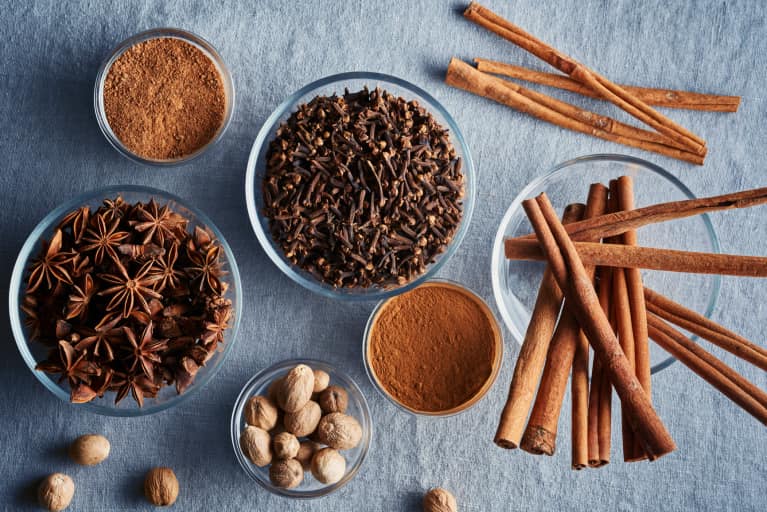
If you’ve had thrush a couple of times in a year, you’re feeling exhausted even after eight hours of sleep every night, or you’re experiencing some serious bloat after eating, you might have candida overgrowth. First, consult your GP to get a proper evaluation. Then, what next? Ayurveda has protocols for managing candida that can really help. As with all protocols, see what feels good to you, and if you have any doubts, contact your local ayurvedic practitioner or nutritionist.
Contents
We all have the candida yeast living in our bodies.
It helps break down food in the stomach and aid in digestion. But it can go out of whack and overproduce and break down the lining of the intestinal wall and get into the bloodstream, leading to chronic fatigue, depression, and digestive issues. Ayurveda believes that imbalance starts in the digestion, and the strength of your agni, or your digestive fire, is where you need to balance. Signs that your agni is low include feeling heavy after eating, not experiencing thirst, and eliminating every other day (or less!), even when you consume three meals a day. Sometimes, there is also undigested food in your stools.
The good news? There are some easy ways to manage candida with ayurveda.
Managing candida can start by sparking up that digestive fire—herbs and spices are wonderful for that. Start the day with warm water, lemon, some ginger, and a pinch of cumin. Having a hot chai tea 30 minutes before a meal can really help, as all of the warming spices (chai, ginger, black pepper, cardamom, cinnamon, and cloves) are all beneficial in warming up your digestion. Black tea is astringent and can be beneficial in drying up any excess digestive juices.
Avoiding animal protein, even just for a couple of months, will help build your digestive fire. It takes approximately eight hours for the stomach to break down red meat before it even gets to the small intestine. You want to try to eat meals that leave the stomach faster. Of course bone broth is fine (is there anything it’s not good for?) especially when you are adding spices like turmeric, cumin, and fenugreek, which are all are great digestives and have the other benefits of being antibacterial and blood-sugar-balancing.
I also always recommend clients with candida avoid cold, raw food—yes, this means no salad! I also recommend easing up on the fruit, although apples (both raw and cooked with spices) can be beneficial due to their astringent quality. Eating easy-to-digest meals like soups, kitcheri (an ayurvedic protocol staple), and oatmeal can be beneficial when cooked with chai spices.
I encourage clients to drink lots of warm teas. The ayurvedic wonder herb tulsi is a great tea to sip all day, or try warm water with lemon to keep the body alkalized.
Oil pulling can be helpful in treating candida too, especially when combined with the above diet tweaks and helpful tips. Using coconut oil (it is cooling and full of antibacterial benefits) for 10 minutes twice a day for a month can soothe the mouth, if the candida manifests there, and help with pulling out excess ama (in ayurveda ama is the toxic buildup that occurs due to low agni) from the tongue and mouth.
The most important thing? Try not to feel bad (we all have candida in us!), and try these dietary changes that could really make all the difference.
[“source=mindbodygreen”]
